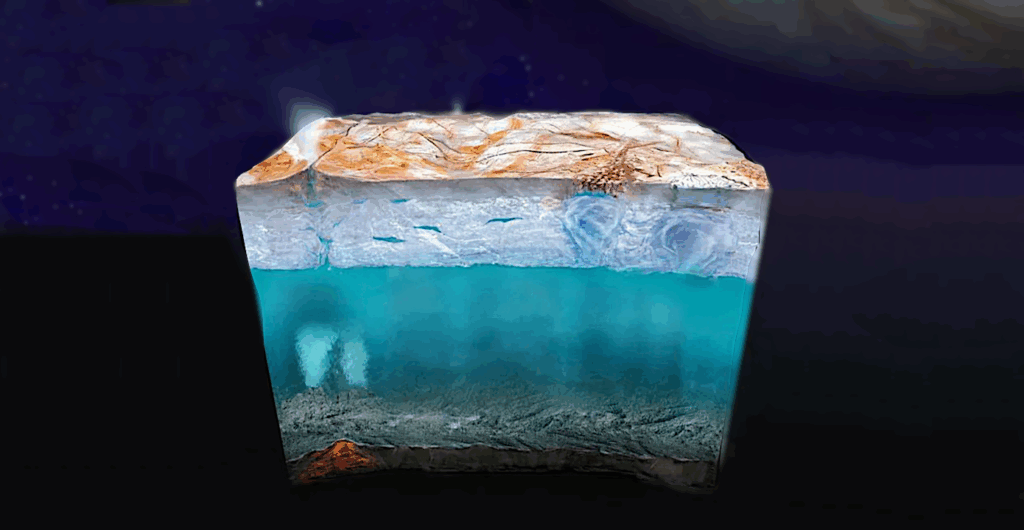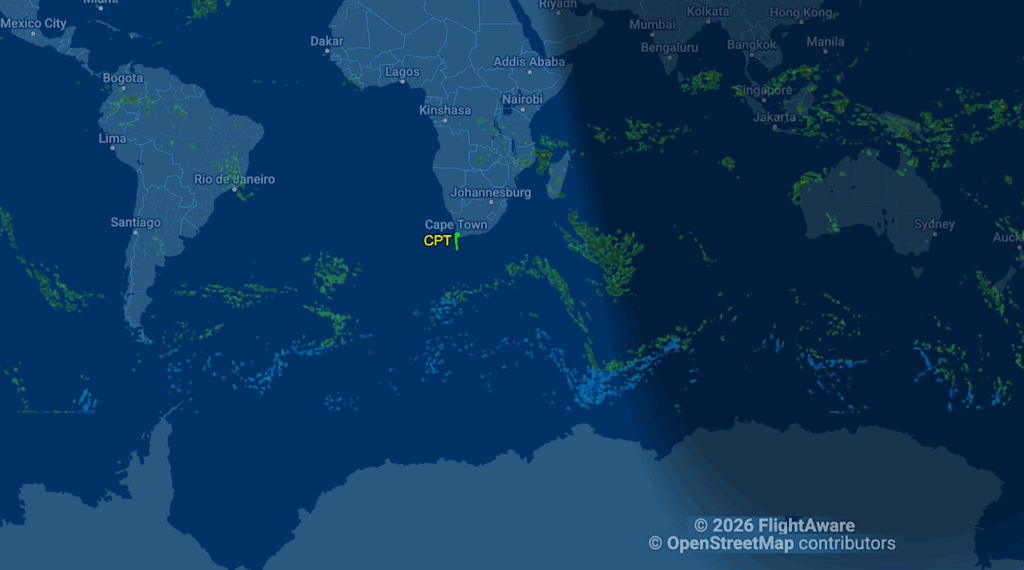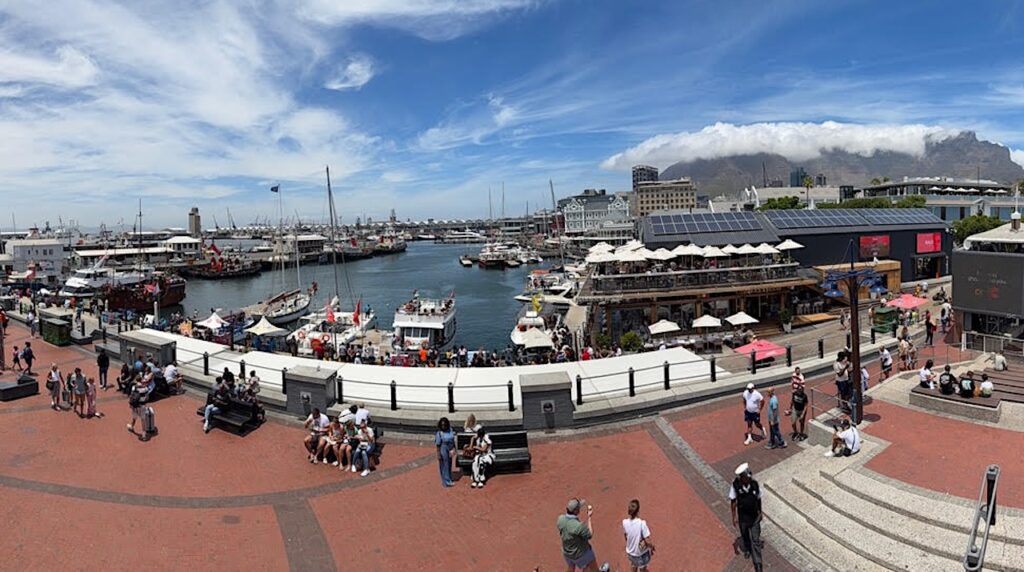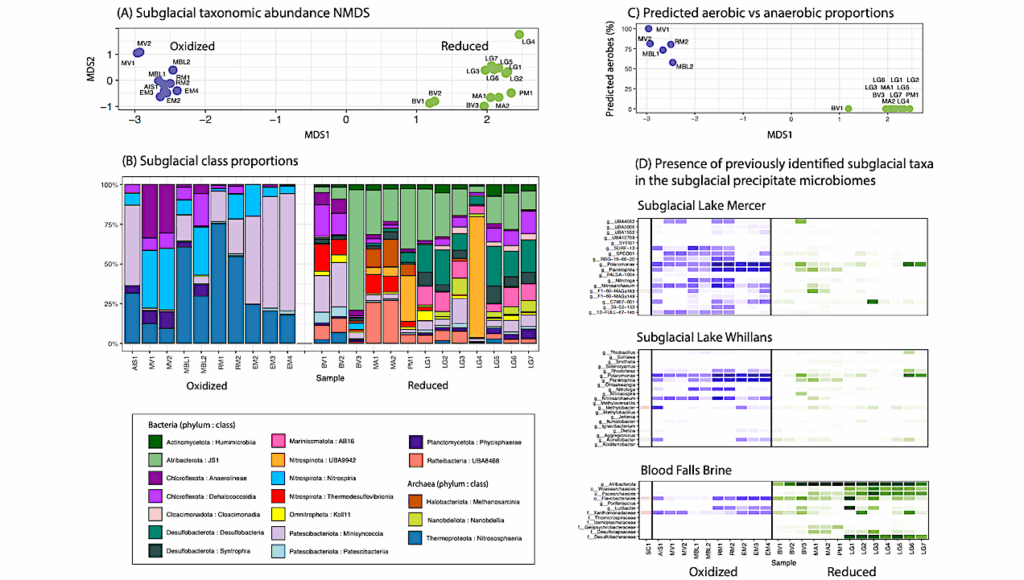Expedition to Robertson Glacier, Kananaskis Country, Alberta, Canada
Eric Boyd of the Montana State University Astrobiology Biogeocatalysis Research Center (MSUABRC) recently led an expedition to Robertson Glacier to examine the microbiology and geochemistry of subglacial environments as it applies to Mars exploration. The field expedition also involved researchers John Peters, director of MSUABRC, Mark Skidmore (MSU), and Matt Urschel (MSU); Everett Shock and Jeff Havig of the Arizona State University Follow the Elements team, and Kevin Hand of the Jet Propulsion Lab Icy Worlds team.
The primary goal of the trip was to quantify the abundance and activity of methanogenic archaea in the Robertson Glacier subglacial environment. Methanogenic archaea produce roughly 90% of the methane gas present in Earth’s atmosphere. Large plumes of methane gas, most likely originating from the subsurface, were recently observed in the atmosphere of Mars. The outstanding question is whether or not the methane gas in the Martian atmosphere is of biological origin. Subsurface methane production on Mars, coupled with the recent discovery of midlatitude subsurface ice and glacial ice on Mars, frames subglacial environments on Earth as relevant sites for examining methanogenic activity as it relates to the potential activity and detection of life on Mars.
Boyd assembled this team of acclaimed researches to develop an integrated picture of what a methaneproducing icy environment on Earth looks like, for use in identifying something similar on another planet. Biologists Boyd, Peters, and Urschel examined the microbiology of the subglacial sediments, while glaciologist Skidmore investigated mineral weathering and hydrological processes in the subglacial environment. Whereas geochemists Shock and Havig were focused on quantifying various isotopic and geochemical species in the subglacial meltwaters for use in redox and thermodynamic predictions, planetary scientist Hand examined the surface of the glacier using a variety of spectroscopic instruments.
Each day of the expedition included a five mile pack in and out, ending with dinner and discussion of the days findings at the University of Calgary Biogeosciences Institute field station. “It is not often that you can assemble a team of world renowned scientists and get them into the field at the same time to collect coordinated datasets. Perhaps more important is the numerous stimulating and interdisciplinary discussions that were had while on the trail, at the terminus of the glacier, or over dinner at night. It is not difficult to imagine how such experiences in the field generate scientific excitement and promote new ideas,” Boyd says. The group has already begun organizing next July’s trip back to Robertson Glacier.
[Source: NAI Newsletter]








